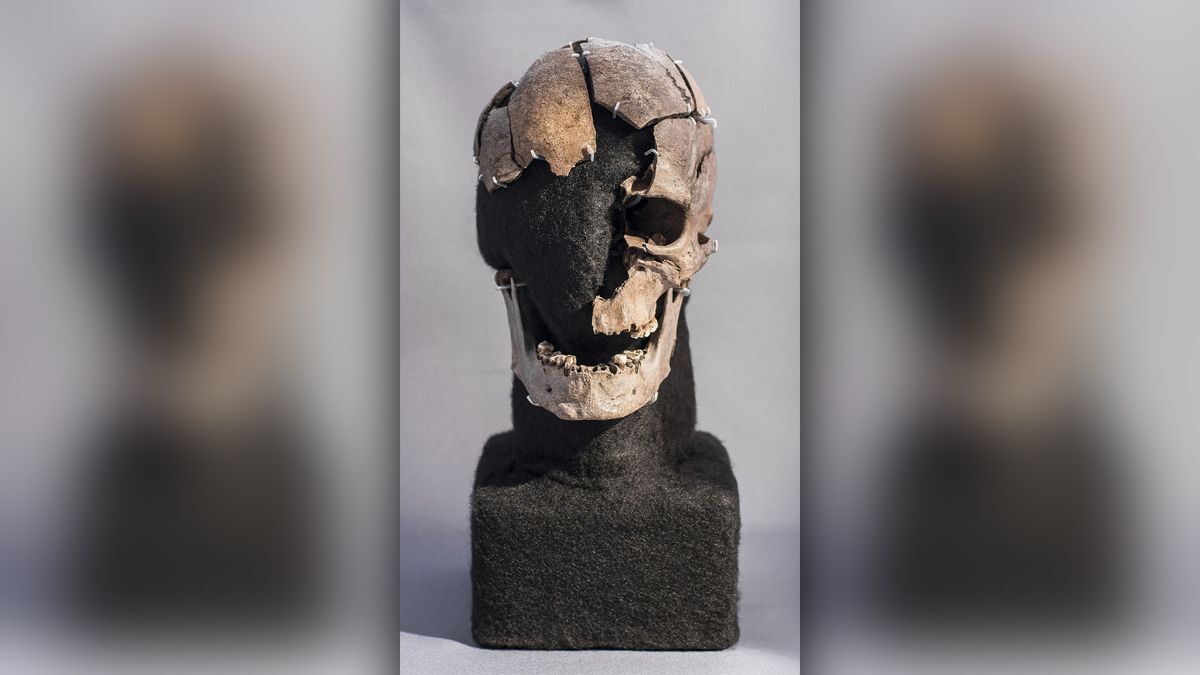The bones of a Neolithic man found over a century ago in a Danish peat bog reveal that he was an immigrant who was brutally murdered. To solve the 5,000-year-old cold case, researchers studied everything from dental plaque to DNA. They concluded that this “Vittrup Man,” as researchers call him, may have been an itinerant flint trader who was sacrificed by hostile locals.
In 1915, peat diggers discovered a handful of human and bovine bones at the bottom of their trench near the village of Vittrup in northern Denmark. After finding a ceramic pot and a wooden club, the diggers contacted the local history museum about the artifacts. While these two objects, dated to around 3800 to 3500 B.C., were soon taken to the National Museum of Denmark and displayed, the bones remained largely unstudied for a century.
Two recent studies of genomes of people who died in the Mesolithic to Neolithic periods of European prehistory, however, revealed that Vittrup Man lived between 3300 and 3100 B.C. and had a genetic profile distinct from those of his local contemporaries. The results of a full analysis of Vittrup Man, published Wednesday (Feb. 14) in the journal PLOS One, reveal a life history that included migration, dietary changes and an early death in a land far from his original home.


